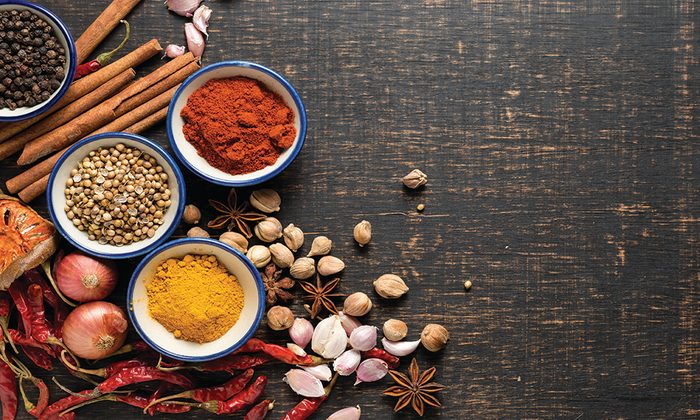
Nourishing Body And Soul With The Ayurveda Diet
The practice of Ayurveda is, in essence, about harmonizing mind and body. And what you eat affects everything, explains Toronto naturopathic doctor and Ayurvedic health consultant Dana Lerman.
According to this philosophy, each person’s constitution is categorized in one of three ways, or doshas, called Kapha, Pitta and Vata. This is meant to act as a guide to all aspects of your health, including nutrition – think of it as eating for your body type.
You can follow some common clues for a sense of which category you fall into (though only an Ayurvedic practitioner can accurately determine your dominant dosha). Kaphas tend to have larger hips and shoulders and are prone to illnesses such as bronchitis and sinus problems when they are out of balance. Pittas have high energy levels and good muscle tone but are short tempered when out of balance. They are also prone to ulcers, allergies and skin rashes. Vatas tend to be slender and often feel cold. When out of balance, they’re inclined to have arthritis and dry skin.
Eating for your dosha means heeding the six Ayurvedic tastes: sweet, sour, bitter, pungent, astringent and salty. “The six tastes also have particular qualities, and that’s how they aggravate the doshas,” explains Lerman. Each of the six tastes is further related to two elements: air, space, water, earth or fire.To boil it down, you need to include all six tastes in your meal to keep your dosha in balance.
To fully embrace the Ayurvedic diet, you’ll need the guidance of a practitioner, but if you want to learn more, check out our week of tips to see if his new (old) approach to food to see if it’s right for you.

Monday: Play With Your Food
Once you’ve determined your primary dosha, take today to explore a few of the food rules for your constitution and check in every two or three hours to see how doing so affects you. One area to pay attention to is how long you wait between meals. Lerman says Kapha people don’t need to eat frequently, but the opposite is true for Vatas and Pittas.
“Pitta people tend to be able to push the envelope because they have a lot of stamina and a lot of fire in their constitution but then crash,” she explains. If you fit in the latter two categories, make sure to eat at least every two hours.
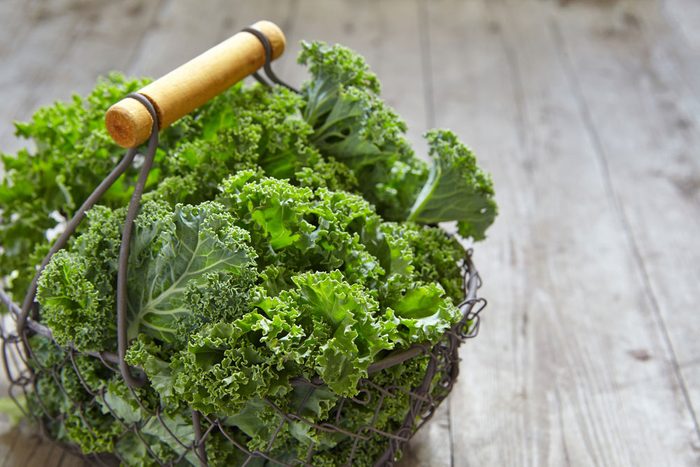
Tuesday: Become A Tastemaster
Spend some time today getting to know which foods are connected to which “tastes.” Kale is bitter and sweet potato is sweet, but which category a food falls into isn’t always obvious (most grains, for instance, are also considered sweet).
Lerman suggests two books – Ayurvedic Cooking for Self-Healing by Usha Lad and Vasant Lad and The Ayurvedic Cookbook by Amadea Morningstar – to help guide you. One easy way to get all six tastes into a meal and achieve Ayurvedic balance is to look to India – the home of Ayurveda – for inspiration.
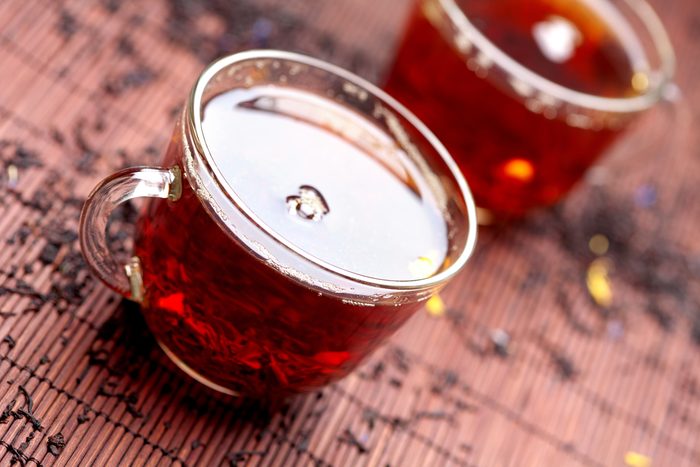
Wednesday: Digestion Question
At the core of each person is Agni, or the digestive fire. If we are out of balance, it can cause digestive issues that contribute to a toxic buildup called Ama. Each dosha demonstrates digestive distress in different ways. “For a Pitta person, it’s all about the acid because it’s fire, so he or she would tend to have reflux or heartburn,” says Lerman. To help combat this, drink cumin, coriander and fennel tea before or after you eat. Vatas who are out of balance may experience frequent gas and bloating, while Kaphas may burp a lot.

Thursday: What’s The Poop Scoop?
Constipation and loose stools are both signs that your dosha is out of balance, says Lerman. “Bowel movements are one of the major ways that Ama gets cleared from your body,” she explains. If you’re chronically constipated, drink more water or peppermint, fennel or ginger tea. Adding more oil and fibre to your diet can help, too. For chronic loose stools, drink cumin, coriander and fennel tea and avoid spicy foods.

Friday: Stress Test
For all of the doshas, digestion doesn’t function well when we are in a state of stress. “We need to take ourselves out of that state before we eat,” says Lerman. To get in the right headspace at mealtimes, eliminate distractions like screens, close your eyes and take five to 10 deep breaths before you sit down at the table. During your meal, be sure to eat slowly and really taste your food, she emphasizes. “Digestion begins with saliva and with the taste buds,” says Lerman. “It sets up the rest of the digestive process when you’re tasting and smelling your food.”
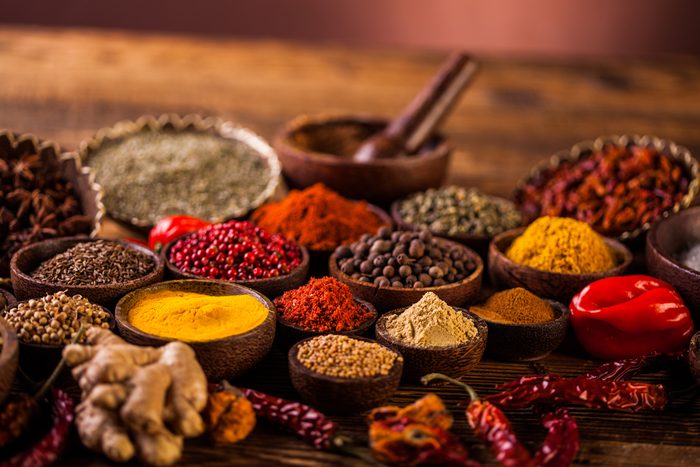
Saturday: Spice City
Seasoning your food with spices and herbs (or spritzing them with lemon or lime juice) is a great way to make it dosha appropriate. Take today to experiment with flavours. Lerman recommends fresh ginger, cinnamon, mustard and fennel for Vatas; fennel, cumin, coriander, fresh ginger, lime and tamarind for Pittas; and dry ginger, mustard, black pepper and cumin for Kaphas.
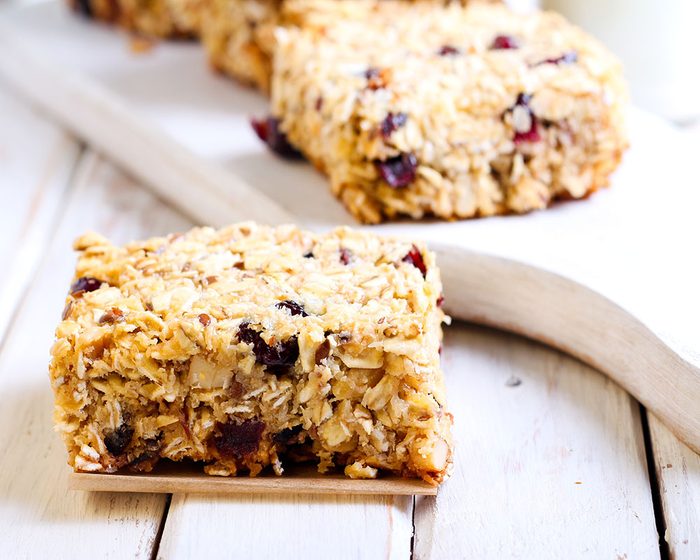
Sunday: Sweeten Up
You’ve spent the week working hard on this new approach to eating, so now it’s time to have some fun with a sweet, dosha-appropriate treat. Oatmeal cookies, date or prune bars and maple tapioca are good options for Vatas because the heavy quality of these foods keeps them grounded.
Pittas will do well with coconut macaroons, date or prune bars and rice pudding, which provide a moderate amount of sweetness and heaviness. The dates, in particular, help boost iron, which Pittas are sometimes low in, explains Lerman. Kaphas should try baked apples or pears, sour fruit crumble and prune bars because these lighter treats work well with their constitution.
